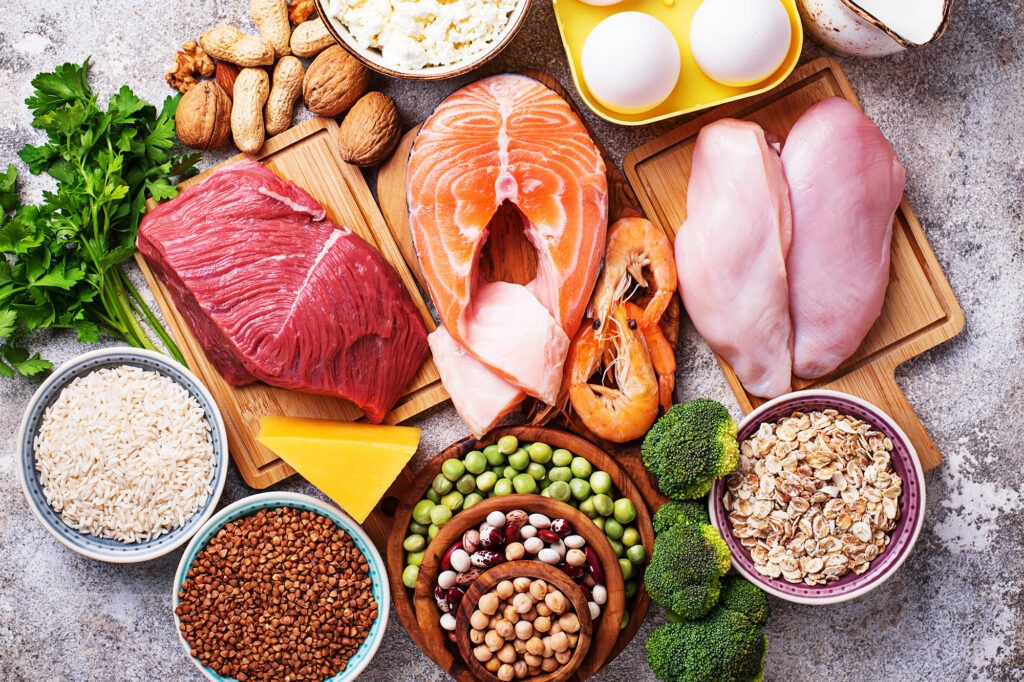14/01/2024
14/01/2024

NEW YORK, Jan 14: Recent studies conducted by the nonprofit Ocean Conservancy and the University of Toronto shed light on a concerning revelation – individuals consuming protein may unwittingly be ingesting hundreds of microscopic plastic particles each year. These microplastics, ranging from one micrometer to half a centimeter, were found in nearly 90 percent of protein food samples tested.
The research, which delved into over a dozen common protein types, including seafood, beef, chicken, tofu, and various plant-based alternatives, estimates that the average American adult could consume at least 11,000 microplastic pieces annually. George Leonard, chief scientist at Ocean Conservancy and one of the study's authors, emphasized, "There's no way to hide from plastics if you're eating. If your desire is like, 'I want to pick something that doesn't have any plastic in it,' you really can't."
The findings provide additional evidence of the widespread presence of small plastic particles, discovered everywhere from Antarctic snow to human bodies. This research underscores the potential contamination of the food chain and highlights the urgent need for further scientific exploration. Microplastics have previously been documented in fruits, vegetables, and other food products such as salt, sugar, rice, and milk.
While concerns about the concentration of plastics in food are growing, Leonard advises against panic, stating, "We need to do a lot more science." The potential health effects of microplastics are still not fully understood, as highlighted in a recent World Health Organization report detailing potential health risks, including exposure to nanoplastics.
The study, unveiling the likely presence of microplastic particles in commonly consumed seafood and land-based proteins, prompts further investigation into the impact of food processing. Highly processed protein products, including breaded shrimp, fish sticks, and chicken nuggets, were observed to contain "significantly more" microplastic particles per gram than certain minimally processed samples.
However, experts caution against drawing definitive conclusions from the study's findings due to the limited sample size and high variability in microplastic concentrations. Further research is needed to understand the impact of a protein's source and food processing on microplastic contamination.
In light of these discoveries, experts emphasize the need for concerted efforts to address plastic pollution. Microplastics will continue to pose a threat as long as persistent plastics are in use. Paul Anastas, director of the Center for Green Chemistry and Green Engineering at Yale University, emphasizes the importance of designing polymers that degrade harmlessly into the environment to mitigate the persistence of microplastics.


